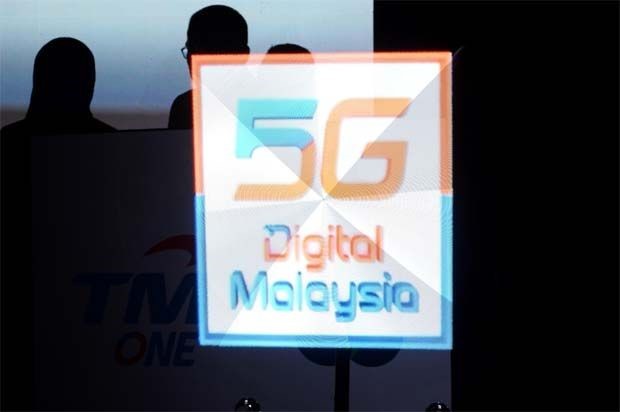
PETALING JAYA: The five new digital banks in Malaysia could aim to take a share amounting to a value pool of around RM10bil out of the banking sector’s RM91bil total revenue, according to CGS-CIMB Research.
It would also take these banks three to five years to break even as they need time to build up scale, the research firm said in a report following an expert speaker session featuring Ernst & Young Consulting (EY) partner Ling Kay Yeow.
“With our expectation that these banks will commence operations by 2023-2024, they will only break even between 2026 and 2029.
“We believe the digital banks will not be able to engage in long-lasting price competition with incumbent banks before they begin turning profits, as this would further deplete their shareholders’ funds, which are much smaller than those of incumbent banks,” said the research firm.
In 2023, EY estimated a total value pool (which is akin to revenue) of about RM91bil for banks, comprising retail and small and medium enterprise (SME) customers.
“Within this, we believe the digital banks could aim to take a share in the segments amounting to a total value pool of circa RM10bil, comprising about RM3bil of new SME loan customers and about RM7bil of underbanked and unbanked retail customers,” said the research firm.
The five digital banking licences were awarded to Boost-RHB Bank consortium, GXS Bank-Kuok Brothers consortium, Sea Limited-YTL consortium, AEON consortium and KAF Investment Bank consortium.
The incumbent banks, according to EY, have three options to respond to the emergence of new digital banks.
One is to build on their existing digital infrastructure. Secondly, to create new digital channels and lastly, create digital-only banks with the existing licence.
“We believe the third option is the least likely to be employed by the incumbent banks due to the additional costs and investments involved, as well as financial and reputational risks if the digital-only ventures fail,” said CGS-CIMB.
The research firm reiterates its “overweight” call on local banks predicated on the potential re-rating catalyst of continuous earnings recovery in 2022-2023. Its picks for the sector are Hong Leong Bank Bhd, RHB Bank Bhd and Public Bank Bhd.
The key potential downside risks to its call include weaker-than-expected economic growth in 2022, as this could cause banks to register higher-than-expected loan loss provisioning and softer loan growth.
“Banks have started to unwind the repayment assistance offered to their borrowers amid the reopening of the economy.
“The potential risk from this is a spike in banks’ gross impaired loans, mainly from the borrowers whose financial positions have been severely impaired by the Covid-19 outbreak.
“Should the industry’s gross impaired loan ratio increase significantly above our projected 1.8%-2% by end-December 2022, banks will have to increase their loan loss provisioning in 2022,” it added.
Source: https://www.thestar.com.my/business/business-news/2022/05/19/rm10bil-revenue-pool-awaits-digital-banks

